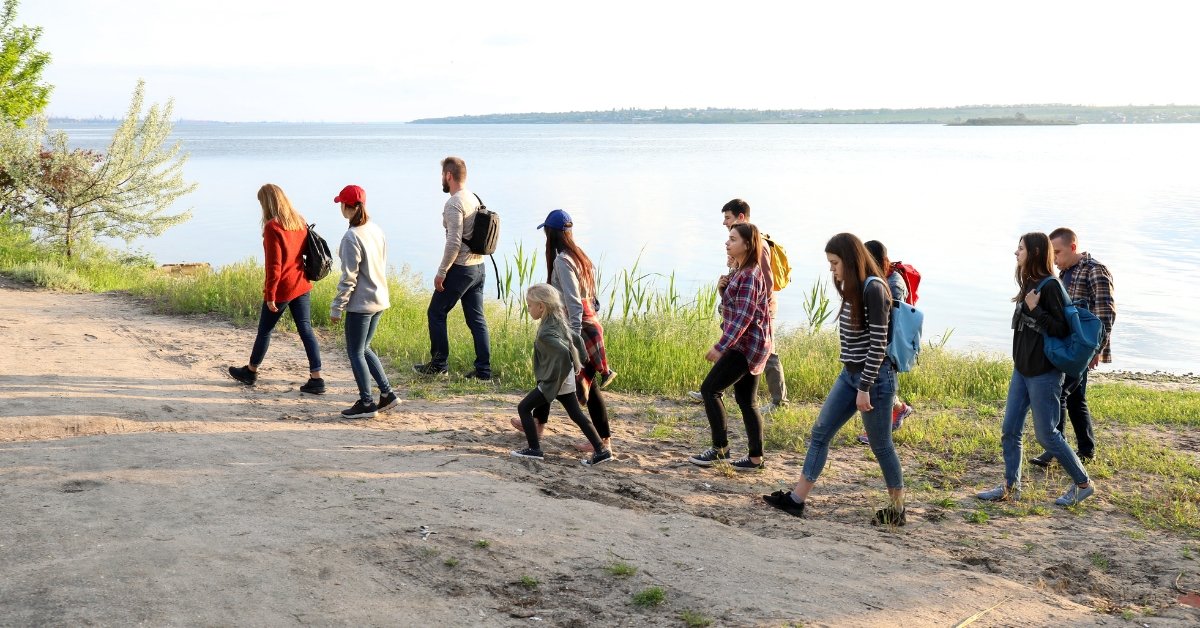Learn how to apply for asylum in the Netherlands step by step. Check eligibility, the process, legal aid, and tips for a smoother experience.
Table of Contents
Introduction
Fleeing your home country for safety is a brave and often challenging journey.
The Netherlands has a robust asylum system to help individuals seeking protection from persecution, violence, or serious harm.
This guide provides a detailed, factually accurate overview of applying for asylum in the Netherlands so you can confidently approach the process.
What Is Asylum, and Who Can Apply?
Asylum is a form of international protection for individuals who fear persecution due to their race, religion, nationality, political opinion, or membership in a particular social group.
Under the 1951 Refugee Convention and EU asylum laws, the Netherlands provides a structured process for evaluating and granting asylum to those who qualify.
You can apply for asylum in the Netherlands if:
- You fear persecution or serious harm in your home country.
- You cannot receive protection in your home country or the country you traveled through.
- You are present in the Netherlands or at its border.
Step-by-Step Guide to Applying for Asylum
1. Arriving in the Netherlands
Asylum applications must be made on Dutch territory or at its borders.
If you arrive by land, sea, or air, inform the authorities—such as the Royal Netherlands Marechaussee (military police)—that you wish to apply for asylum.
2. Registration at the IND Reception Center
The process begins at the Ter Apel reception center, managed by the Immigration and Naturalisation Service (IND).
Here, you will officially register your application.
During this stage:
- You will provide personal details, including your identity and nationality.
- The IND will collect your fingerprints and photographs.
- Basic health checks will be conducted to ensure your well-being.
3. Rest and Preparation Period
After registration, you will have a rest and preparation period, typically lasting six days. During this time:
- You will receive information about the asylum procedure.
- Legal aid will be arranged for you.
- You can gather evidence and prepare for your asylum interview.
4. The Asylum Procedure
The Dutch asylum procedure has two main phases:
- First Interview: This interview focuses on your identity, travel route, and personal details, helping establish the context of your journey.
- Second Interview: A more detailed conversation about why you are seeking asylum. This is where you explain the dangers or persecution you face and why returning to your home country is unsafe.
You will be provided with a translator during these interviews to ensure you can communicate effectively.
5. IND Decision
After the interviews, the IND evaluates your case. Decisions are usually made within six months, but complex cases may take longer.
Possible Outcomes:
- Approval: If your application is approved, you will be granted refugee status or subsidiary protection. Refugee status provides a five-year residence permit, while subsidiary protection is granted for individuals facing serious harm but not qualifying as refugees.
- Rejection: If your application is denied, you can appeal the decision in court.
Rights and Support During the Process
- Housing: Asylum seekers are housed in asylum seeker centers (AZCs) with access to food, medical care, and necessities.
- Legal Aid: You are entitled to free legal representation during asylum.
- Education and Activities: While staying at the AZC, children can attend school, and adults may participate in activities like language classes or workshops.
Tips for Navigating the Asylum Process
- Be Honest and Consistent: Ensure your story is truthful and consistent across interviews and documents.
- Seek Legal Advice: Utilize the free legal aid the Dutch system provides to strengthen your case.
- Prepare Evidence: Gather any documents, photos, or reports that support your claim.
- Understand Your Rights: Learn about the appeals process in case of a rejection.
An Interesting Fact
The Netherlands was one of the first countries to sign the Refugee Convention of 1951, committing itself to protecting those fleeing persecution. It remains a leader in offering asylum and resettlement support in Europe.
Conclusion
The path to asylum in the Netherlands may seem daunting, but understanding the process can make it more manageable.
With its structured system, legal support, and comprehensive resources, the Netherlands aims to protect those in genuine need.
If you found this guide helpful, check out our website for more articles on navigating immigration, adjusting to life in the Netherlands, and starting anew in a foreign land.
Your journey to safety and stability begins here.






